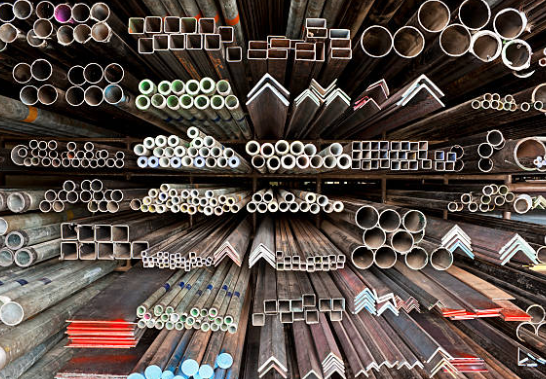
Posted on Wednesday, October 2, 2024
Metal buildings are known for their strength, durability, and flexibility, and understanding the main components that make them work is key to appreciating their design. Each element—from steel beams to fasteners—plays a critical role in creating a stable and long-lasting structure. Let’s break down these key components and explore their manufacturing steps.
Steel beams form the backbone of any metal building, acting as the primary load-bearing structures. These beams, typically made of high-strength steel, provide the frame or skeleton around which the rest of the building is constructed.
Manufacturing Process:
Wall and roof panels cover the skeleton, forming the outer protective shell of the building. These panels are typically made from lightweight, roll-formed steel sheets that provide weather resistance and insulation.
Manufacturing Process:
Purlins and girts provide horizontal support to the wall and roof panels, helping to distribute the load evenly across the structure. Purlins run parallel to the roof, while girts are positioned horizontally along the walls.
Manufacturing Process:
Fasteners, including screws, bolts, and anchors, are the often-overlooked but essential components that hold everything together. They ensure the beams, panels, purlins, and girts stay securely connected, providing structural stability and preventing movement over time.
Manufacturing Process:
Metal buildings also feature functional components like doors, windows, and trim. While not structural, these elements provide accessibility and aesthetics.
Manufacturing Process:
Each component of a metal building, from beams to fasteners, works together to create a stable, weather-resistant, and long-lasting structure. The manufacturing processes behind these elements—from roll forming to coating—ensure that every

32/1000 Box Profile Roll Forming Machine – Complete Guide & Specifications
Posted on Sunday, November 16, 2025
High-performance 32/1000 box profile roll forming machine for roofing and cladding. Full specifications, profiles, applications, pricing

PBR / R-Panel Roll Forming Machine – Complete Guide & Specifications
Posted on Sunday, November 16, 2025
PBR / R-Panel roll forming machine for roofing and wall cladding. Full specs, profiles, applications, pricing, and global buying guide. Built to order.

Posted on Sunday, November 16, 2025
How to Diagnose and Fix the Hidden Electrical Problems That Cause Downtime
Copyright 2025 © Machine Matcher.